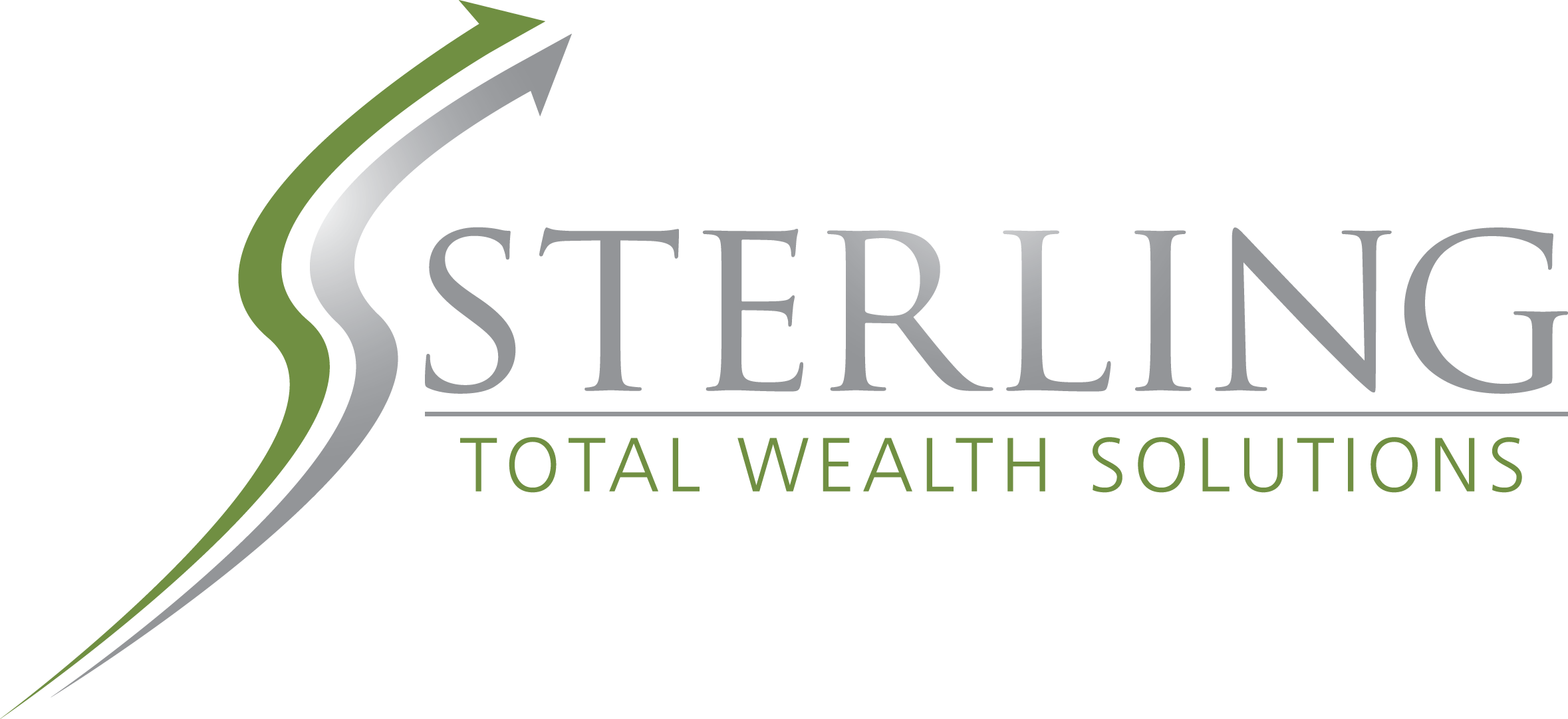Why Medicare Should Be Part of Your Retirement Strategy
The premiums and coverages vary, and you must realize the differences.
Presented by Sterling Total Wealth Solutions

Medicare takes a little time to understand. As you approach age 65, familiarize yourself with its coverage options, costs, and limitations.
Certain features of Medicare can affect health care costs and coverage. Some retirees may do okay with original Medicare (Parts A and B), others might find it lacking and decide to supplement original Medicare with Part C, Part D, or Medigap coverage. In some cases, that may mean paying more for health care than you initially figured.
How much do Medicare Part A and Part B cost, and what do they cover? Part A is usually provided with no charge; Part B is not. Part A is hospital insurance and covers up to 100 days of hospital care, home health care, nursing home care, and hospice care. Part B covers doctor visits, outpatient procedures, and lab work. You pay for Part B with monthly premiums, and your Part B premium is based on your income.1
It’s best to prepare for the copays and deductibles linked to original Medicare. In addition, original Medicare does not cover dental, vision, or hearing care, nor prescription medicines or health care services outside the U.S. It pays for no more than 100 consecutive days of skilled nursing home care. These out-of-pocket costs may lead you to look for supplemental Medicare coverage as a way of paying or extended care.1
Medigap policies help Medicare recipients with some of these copays and deductibles. Sold by private companies, these health care policies can pay a share of certain out-of-pocket medical costs (i.e., costs greater than what original Medicare covers for you). You must have original Medicare coverage in place to purchase one. The Medigap policies being sold today do not offer prescription drug coverage.2
Part D plans cover some (but certainly, not all) prescription drug expenses. Monthly premiums are averaging $32.74 this year for these standalone plans, which are offered by private insurers. Part D plans currently have yearly deductibles of less than $500.3,4
Creating a Medicare strategy is integral to your retirement preparation. Should you try original Medicare for a while? Should you enroll in a Part C HMO with the goal of managing your overall out-of-pocket health care expenses? There is also the matter of eldercare and the potential need for interim coverage if you retire prior to 65. Discuss your concerns about Medicare in your next conversation with your financial professional.
Securities offered through Registered Representatives of Cambridge Investment Research, Inc., a Broker/Dealer, Member FINRA/SIPC. Advisory services offered through Cambridge Investment Research Advisors, Inc., a Registered Investment Advisor. Sterling Total Wealth Solutions and Cambridge are not affiliated.
To learn more about Sterling Total Wealth Solutions, visit us on the web at www.sterlingtotalwealthsolutions.com
This material was prepared by MarketingPro, Inc., and does not necessarily represent the views of the presenting party, nor their affiliates. This information has been derived from sources believed to be accurate. Please note – investing involves risk, and past performance is no guarantee of future results. The publisher is not engaged in rendering legal, accounting or other professional services. If assistance is needed, the reader is advised to engage the services of a competent professional. This information should not be construed as investment, tax or legal advice and may not be relied on for the purpose of avoiding any Federal tax penalty. This is neither a solicitation nor recommendation to purchase or sell any investment or insurance product or service, and should not be relied upon as such. All indices are unmanaged and are not illustrative of any particular investment.
- Medicare.gov, August 13, 2020
- Medicare.gov, August 13, 2020
- CNBC.com, August 6, 2020
- Medicare.gov, August 13, 2020
